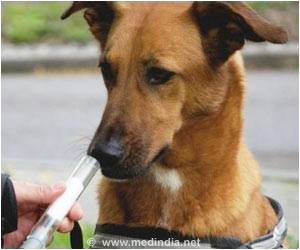
The study participants included all Olmsted County, Minn., residents older than 20 years from 1984 through 2011, comprising approximately 140,000 people, of whom 83 percent were non-Hispanic white and socioeconomically similar to the general Midwestern U.S. population. All the pathologically confirmed incident cases of primary lung cancer were identified using the Rochester Epidemiology Project database, and trends in lung cancer incidence rates were determined based on census data adjusted for the age and sex distribution of the U.S. population in 2000. The proportion of cases meeting the USPSTF screening criteria were identified, which included asymptomatic adults 55 to 80 years of age, having a 30 pack-year (a measure of cigarette consumption equivalent to smoking one pack a day for a year) smoking history, and currently smoking or having quit within the past 15 years.
It was seen that there were 1,351 patients with a new diagnosis of primary lung cancer between 1984 and 2011. The proportion of patients with lung cancer who smoked more than 30 pack-years declined, and the proportion of former smokers, especially those who quit smoking more than 15 years ago had increased. The researchers found a decline in the relative proportion of patients with lung cancer meeting the USPSTF criteria overall, from 57 percent in 1984-1990 to 43 percent in 2005-2011. The proportion of patients who would have been eligible under the criteria decreased from 52 percent to 37 percent among women, and from 60 percent to 50 percent among men.
The authors wrote, "Our findings may reflect a temporal change in smoking patterns in which the proportion of adults with a 30 pack-year smoking history and having quit within 15 years declined. The decline in the proportion of patients meeting USPSTF high-risk criteria indicates that an increasing number of patients with lung cancer would not have been candidates for screening. More sensitive screening criteria may need to be identified while balancing the potential harm from computed tomography."
The study is published in the 'JAMA'.
Source-Medindia













